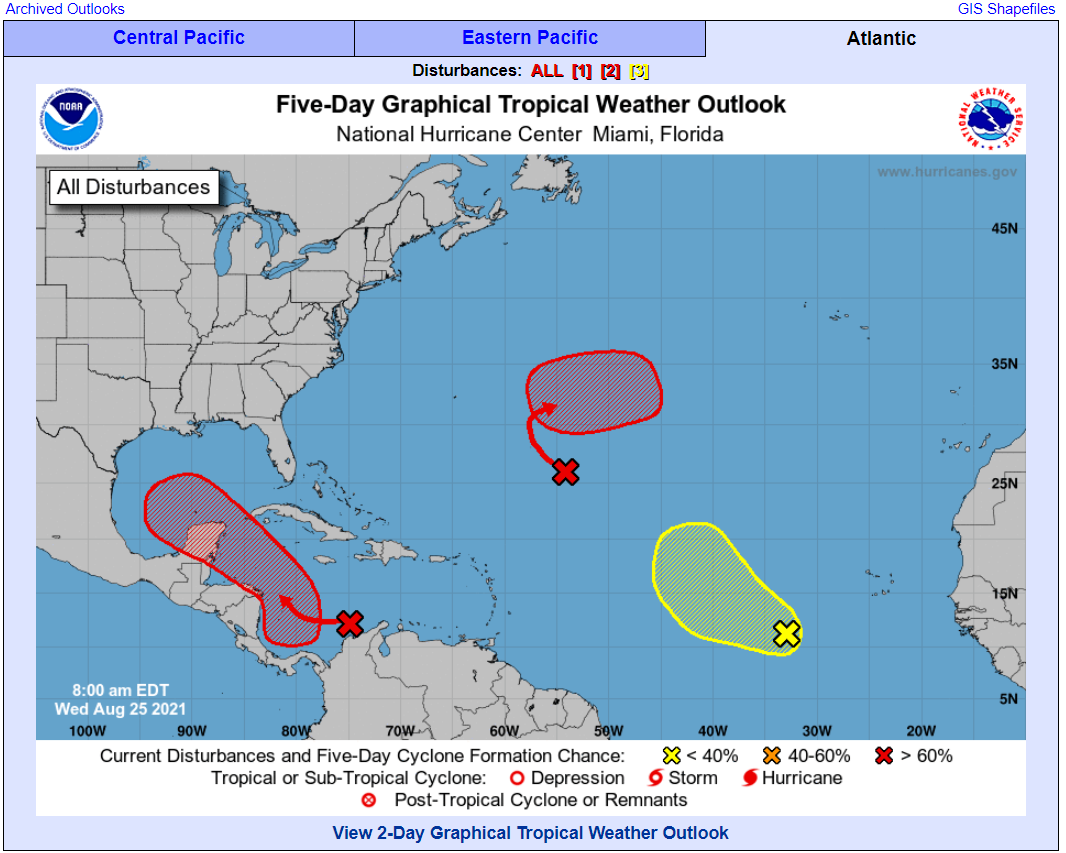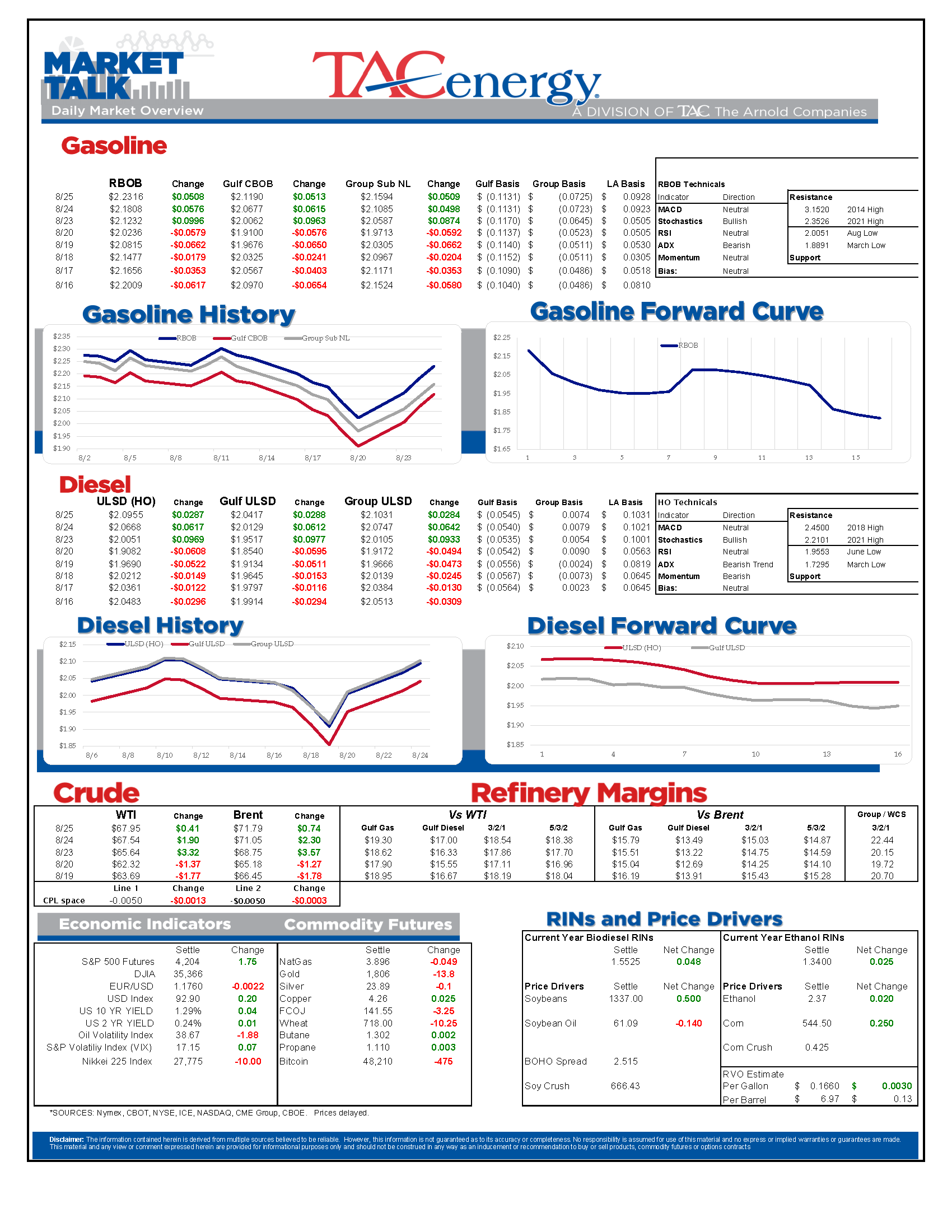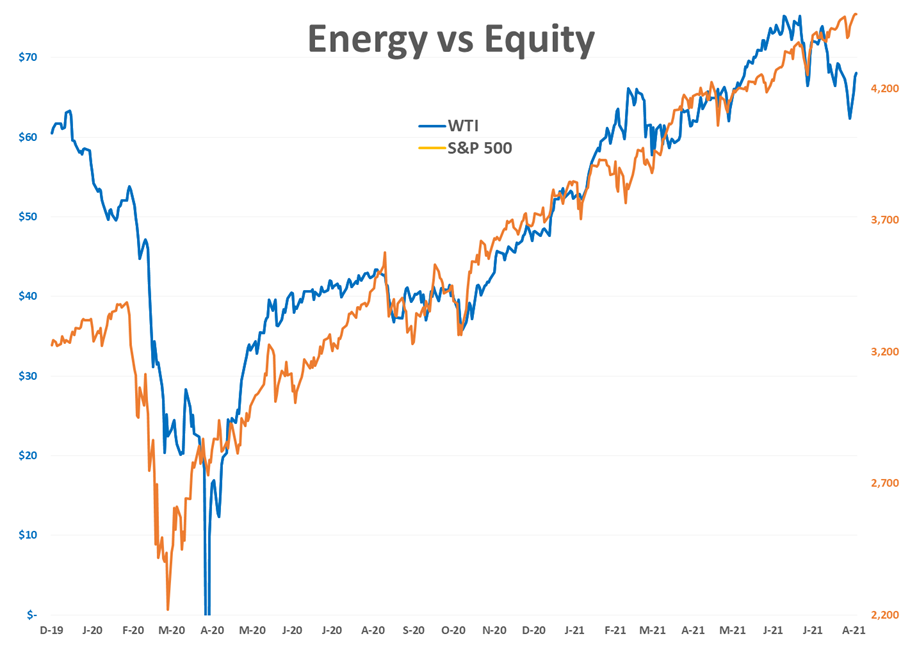Cocktail Of Bullish Headlines Push Markets Higher

Optimism abounds this week as a cocktail of bullish headlines push energy and equity markets higher for a third day. Markets around the world cheer improving COVID stats, the official approval of a vaccine, the reopening of the world’s 3rd largest port, and energy markets are getting an added boost from inventory declines and another hurricane threat.
While this 3 day rally, that’s added 20 cents or more from Friday’s lows, has taken the chance of a technical collapse off the table near term, there’s still work to be done to eliminate the longer threat of a lower trend. Peg the starting levels of the 7 day selloff as the targets we’ll need to see broken if the bulls want to take back control longer term. RBOB futures will transition to the winter grade spec next week, which will knock 13 cents off of prompt values. If you’re wondering why gasoline basis values in your local market suddenly jumped in the past couple of days, odds are physical trades in your region are now referencing the October RBOB contract.
It looks like there’s a good chance we could see a hurricane heading towards the US Gulf Coast next week. The storm system in the Caribbean that was given just 20% odds of development a few days ago, now has 80% odds of developing and early models have it pointed anywhere from Northern Mexico to Corpus Christi, Houston, or perhaps even Louisiana as we mark the 4 year anniversary of Hurricane Harvey. The name of this storm, assuming it develops, will likely be Ida, but could be Julian if one of the other 2 storms churning over the Atlantic is named first. Neither of those appears to be a threat to the US at this point.
It’s another week of small changes from the API report, which was said to show inventory drawdowns across the board last week. Crude oil inventory dropped by 1.6 million barrels, gasoline was down almost 1 million barrels, and distillates dropped by 245,000 barrels. The DOE’s weekly report is due out at its normal time today.
Add another renewable diesel project to the pile: Exxon’s subsidiary Imperial oil announced a new plan to co-produce renewable diesel at its refinery in Edmonton, expanding the company’s strategy of co-producing rather than converting its existing facilities as we’ve seen other refiners do. Canada’s Clean Fuel Standard takes effect next year, giving more financial incentive for this type of investment, and adding to the competition for feedstocks and renewable products that’s pulling traditional biodiesel away from the US markets that don’t have a credit program to offset the higher costs of those fuels.
Speaking of which, after RINs got hammered last week when reports suggested the EPA was going to lower its RFS target for 2021, and raise it for 2022, we’re seeing values gap higher this morning, with trades already 18 cents above Monday’s lows. With this type of move, odds are we’ll see another update on the EPA’s plans (or lack of) later this morning.
Click here to download a PDF of today's TACenergy Market Talk.
Latest Posts
Energy Markets Rally Again Thursday After A Choppy Wednesday Session
Week 16 - US DOE Inventory Recap
Energy Markets Trading Quietly In The Red As Ethanol Prices Rally To Five-Month High
The Struggle For Renewable Producers Continues As A Rapid Influx Of Supply And Crashing Credit Prices Make Biodiesel
Social Media
News & Views
View All
Energy Markets Rally Again Thursday After A Choppy Wednesday Session
Energy markets are trying to rally again Thursday after a choppy Wednesday session. RBOB gasoline futures are leading the push higher, on pace for a 3rd consecutive day of gains after finding a temporary floor Tuesday and have added 12 cents from those lows.
Equity markets are pointing sharply lower after a weak Q1 GDP estimate which seems to have contributed to a pullback in product prices over the past few minutes, but don’t be surprised if the “bad news is good news” low interest rate junkies start jumping in later on.
The DOE’s weekly report showed sluggish demand for gasoline and diesel, but inventory levels in most markets continue to follow their typical seasonal trends. Refinery runs held fairly steady last week with crude inputs down slightly but total gross throughputs up slightly as most facilities are now back online from a busy spring maintenance season and geared up for peak demand this summer.
Propane and propylene exports spiked to a record high north of 2.3 million barrels/day last week, which demonstrates both the US’s growing influence on global product markets, and the steady shift towards “other” products besides traditional gasoline and diesel in the level of importance for refiners.
The EIA acknowledged this morning that its weak diesel consumption estimates reflected the switch to Renewable Diesel on the West Coast, although they did not provide any timeline for when that data will be included in the weekly survey. The agency acknowledged that more than 4% of the total US consumption is now a combination of RD and Biodiesel, and that number is expected to continue to grow this year. This morning’s note also suggested that weak manufacturing activity was to blame for the sluggish diesel demand across the US, while other reports suggest the freight recession continued through Q1 of this year, which is also contributing to the big shift from tight diesel markets to oversupplied in several regions.
Valero kicked off the Q1 earnings releases for refiners with solid net income of $1.2 billion that’s a far cry from the spectacular earnings north of $3 billion in the first quarter of 2023. The refining sector made $1.7 billion, down from $4.1 billion last year. That is a pattern that should be expected from other refiners as well as the industry returns to a more normal market after 2 unbelievable years. You wouldn’t guess it by looking at stock prices for refiners though, as they continue to trade near record highs despite the more modest earnings.
Another pattern we’re likely to see continue with other refiners is that Renewable earnings were down, despite a big increase in production as lower subsidies like RINs and LCFS credit values sting producers that rely on those to compete with traditional products. Valero’s SAF conversion project at its Diamond Green joint venture is progressing ahead of schedule and will give the company optionality to flip between RD and SAF depending on how the economics of those two products shakes out this year. Valero also shows part of why refiners continue to disappear in California, with operating expenses for its West Coast segment nearly 2X that of the other regions it operates in.

Week 16 - US DOE Inventory Recap

Energy Markets Trading Quietly In The Red As Ethanol Prices Rally To Five-Month High
Energy markets are trading quietly in the red to start Wednesday’s session after a healthy bounce Tuesday afternoon suggested the Israel-Iran-linked liquidation had finally run its course.
There are reports of more Ukrainian strikes on Russian energy assets overnight, but the sources are sketchy so far, and the market doesn’t seem to be reacting as if this is legitimate news.
Ethanol prices have rallied to a 5-month high this week as corn and other grain prices have rallied after the latest crop progress update highlighted risks to farmers this year, lower grain export expectations from Ukraine, and the approval of E15 blends this summer despite the fact it pollutes more. The rally in grain and renewables prices has also helped RIN values find a bid after it looked like they were about to test their 4-year lows last week.
The API reported small changes in refined product inventories last week, with gasoline stocks down about 600,000, while distillates were up 724,000. Crude oil inventories increased by 3.2 million barrels according to the industry-group estimates. The DOE’s weekly report is due out at its normal time this morning.
Total reported another upset at its Port Arthur refinery that’s been a frequent flier on the TCEQ alerts since the January deep freeze knocked it offline and damaged multiple operating units. This latest upset seems minor as the un-named unit impacted was returned to normal operations in under an hour. Gulf Coast basis markets have shrugged off most reports of refinery upsets this year as the region remains well supplied, and it’s unlikely we’ll see any impact from this news.
California conversely reacted in a big way to reports of an upset at Chevron’s El Segundo refinery outside of LA, with CARBOB basis values jumping by more than a dime. Energy News Today continued to show its value by reporting the upset before the flaring notice was even reported to area regulators, proving once again it’s ahead of the curve on refinery-related events. Another industry news outlet meanwhile struggled just to remember where the country’s largest diesel seller is located.
Click here to download a PDF of today's TACenergy Market Talk


